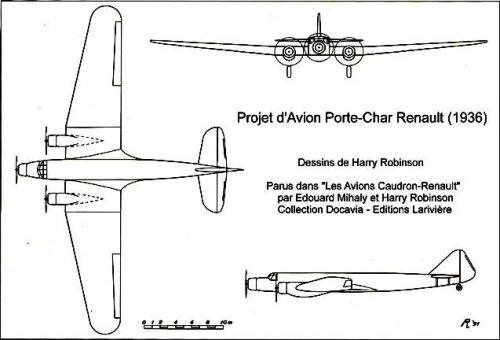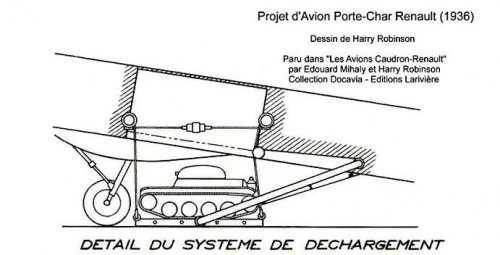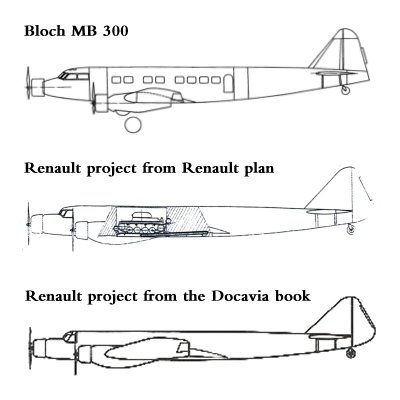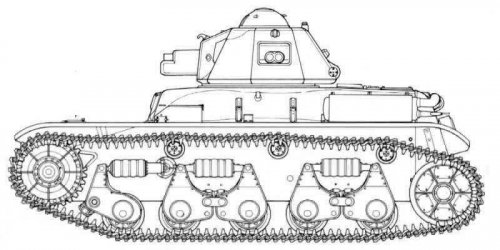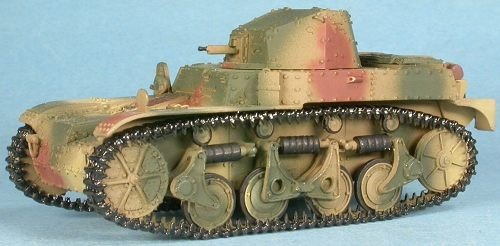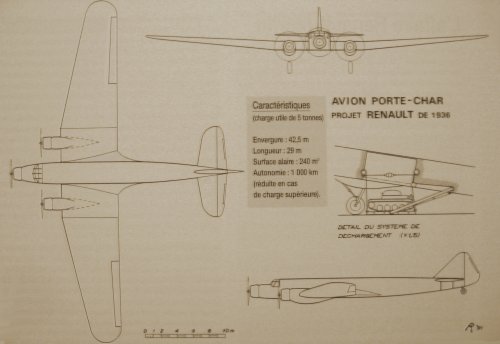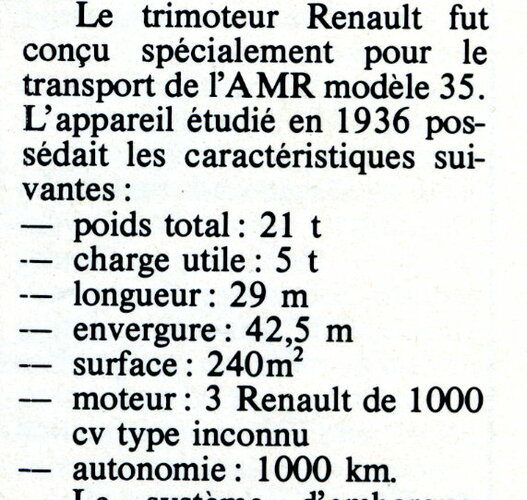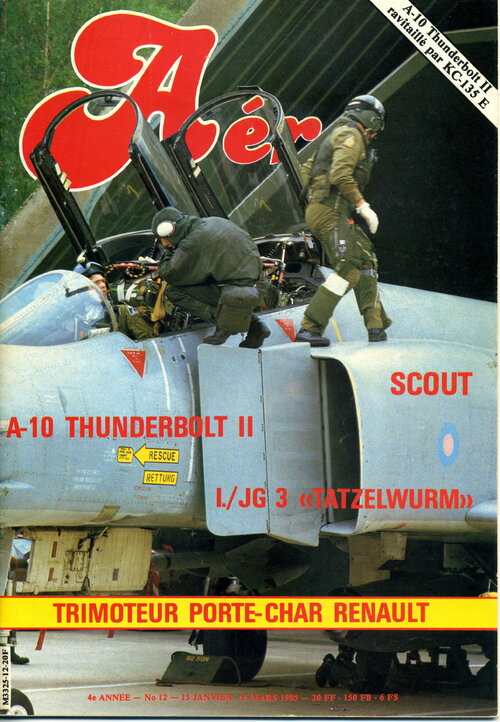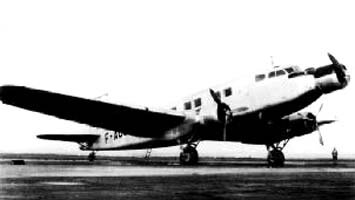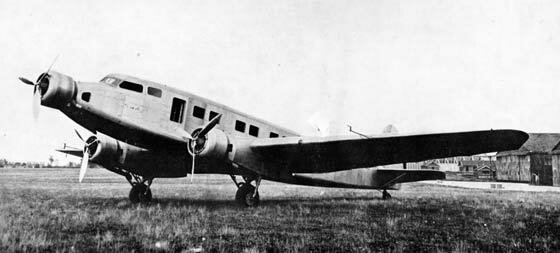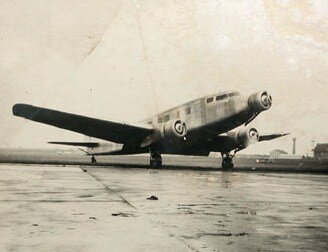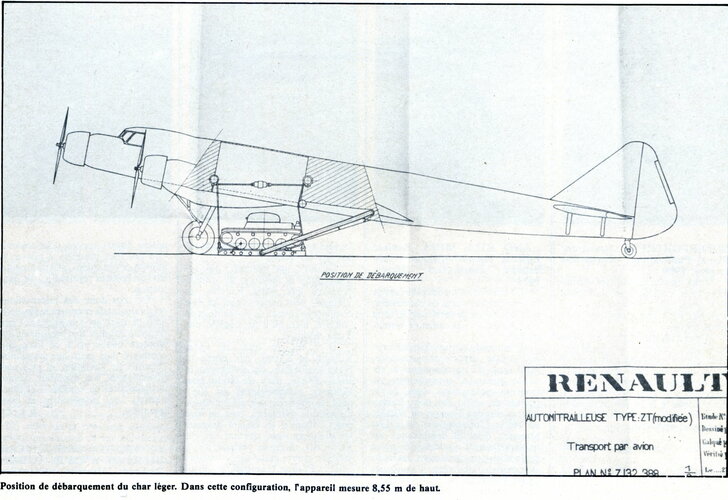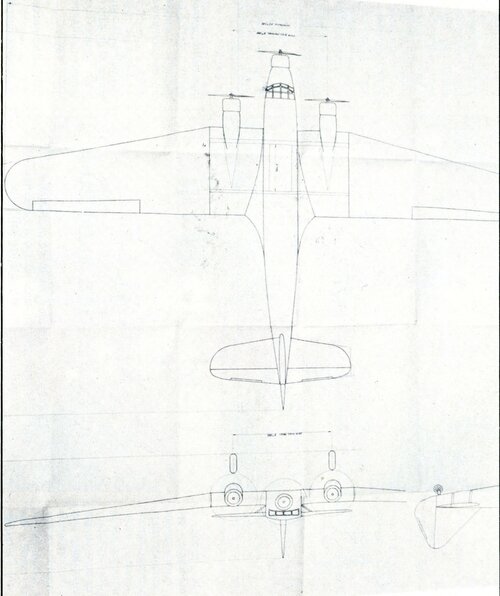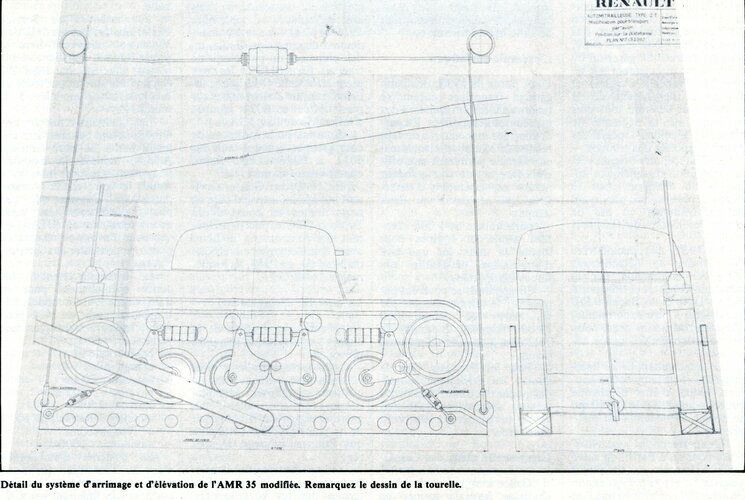The 1935 Soviet maneuvers in Ukraine inspired the French leaders with a new doctrine for the use of airborne troops. It was no longer a case of just releasing the troops rearward of the enemy formations as a mere "helping hand", but to actually drop all the necessary equipment needed to conquer the territory, namely cannons and light tanks. Such a tank already existed at Renault: it was the "ZT", a modified Type 35R armored car.
Renault's project was simple: to associate that tank to a carrier aircraft which they offered to build with the help of the Technical Services command. Studied from 1935, this Renault project resulted on a trimotor project to be built around that tank.
However, Renault was faced with two major problems: the engines and the hoisting device to board the tank. The latter of these was soon resolved by designing a removable, swiveling floor. The former problem, however, keenly persisted and was to be one of the main reasons for the delays and subsequent cancellation of the project. Indeed, with the 1000 hp engines being unavailable, and possibly also because of its prohibitive pricetag, the project was eventually shelved, along with the doctrine that had inspired it.
Of interest is the fact that in order to be efficient during large scale operations, the company planned no less than a hundred aircraft, which would have been far too expensive anyway. Things happened differently in other countries, though.

